And here we are today, clutching our wallets while an out-of-control facist government engages in a spending spree of epic proportions. And they're doing it with OUR money.
It's bad enough that your money is being used to prop up unneeded transmission projects by buying capacity the government will never use (roads to nowhere that nobody will ever use). But now your federal government is planning to spend $760M of your hard earned tax dollars trying to bribe local governments to hush up and support new transmission lines across your private property.
You are bribing your local government to screw you! That's about as boiled down as I can get it.
The inaptly named "Inflation Reduction Act", Section 50152, Grants to Facilitate the Siting of Interstate Electric Transmission Facilities, will "facilitate" the siting of new transmission lines by "promoting economic development in affected communities."
a) Appropriation.--In addition to amounts otherwise available, there is appropriated to the Secretary for fiscal year 2022, out of any money in the Treasury not otherwise appropriated, $760,000,000, to remain available through September 30, 2029, for making grants in accordance with this section and for administrative expenses associated with carrying out this section. (b) Use of Funds.-- (1) In general.--The Secretary may make a grant under this section to a siting authority for, with respect to a covered transmission project, any of the following activities:
(2) Economic development.--The Secretary may make a grant under this section to a siting authority, or other State, local, or Tribal governmental entity, for economic development activities for communities that may be affected by the construction and operation of a covered transmission project, provided that the Secretary shall not enter into any grant agreement pursuant to this section that could result in any outlays after September 30, 2031.
(3) Economic development.--The Secretary may only disburse grant funds for economic development activities under subsection (b)(2)-- (A) to a siting authority upon approval by the siting authority of the applicable covered transmission project; and (B) to any other State, local, or Tribal governmental entity upon commencement of construction of the applicable covered transmission project in the area under the jurisdiction of the entity. (d) Returning Funds.--If a siting authority that receives a grant for an activity described in subsection (b)(1) fails to use all grant funds within 2 years of receipt, the siting authority shall return to the Secretary any such unused funds.
I think we've reached the pinnacle of pay to play politics. Government-funded bribes. BRIBES!
Also the pinnacle of stupidity.
Any government taking advantage of this new provision is soon to find itself booted out of office. Nobody likes being sold down river by their government, and if they will do it to your neighbor, they'll do it to you. These elected officials will be gone at the next election, and it could spread from there as local government houses are cleaned. It's poisoned, dirty money that screams of poisoned, dirty politics.
So, you may be asking yourself, where did such a stupid idea come from? It came from the stupid people who are now controlling federal energy policy, who originally thought utilities building transmission could pay bribes to local governments and then collect the cost of their bribes through electric rates. When it became apparent that bribes are not an expense that can become part of electric rates, they pivoted to make the federal government pay the bribes with your tax dollars!
Of course, this is an unproven idea. Will it work? Will state, local and tribal governments welcome community destruction, permanent impacts, eminent domain and loss of control in exchange for a one-time windfall that must be spent within 2 years or else clawed back? It's never been tested. It's a stupid idea dreamed up by stupid people. And guess who's King Stupid of this garbage dump?
Is it all starting to make sense now? We don't have a government of, for, and by the people. We have elite rich people controlling our sham government.... and they're coming for your property next.
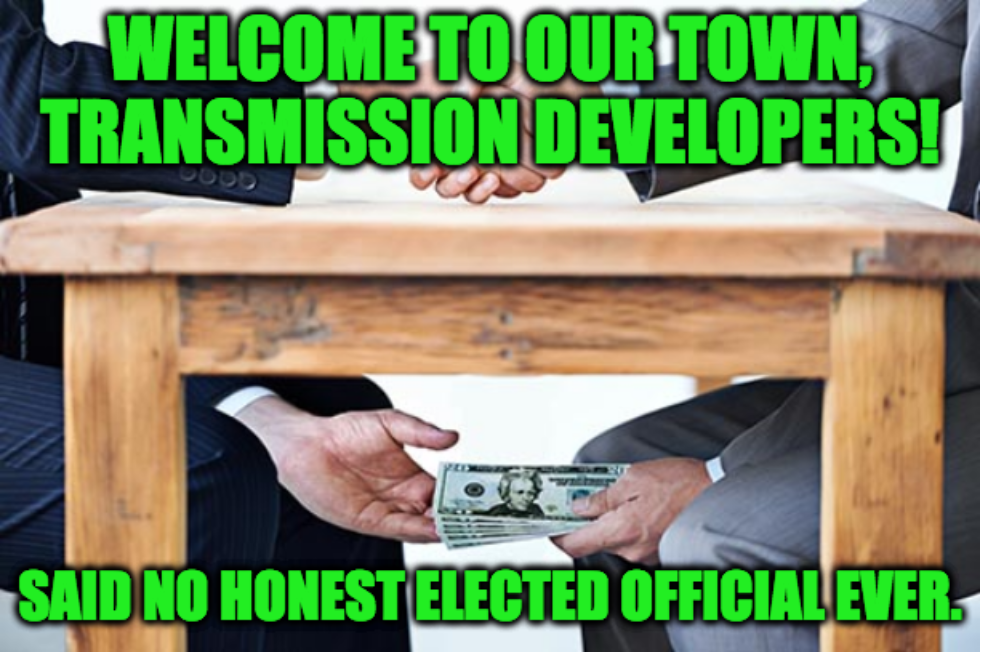
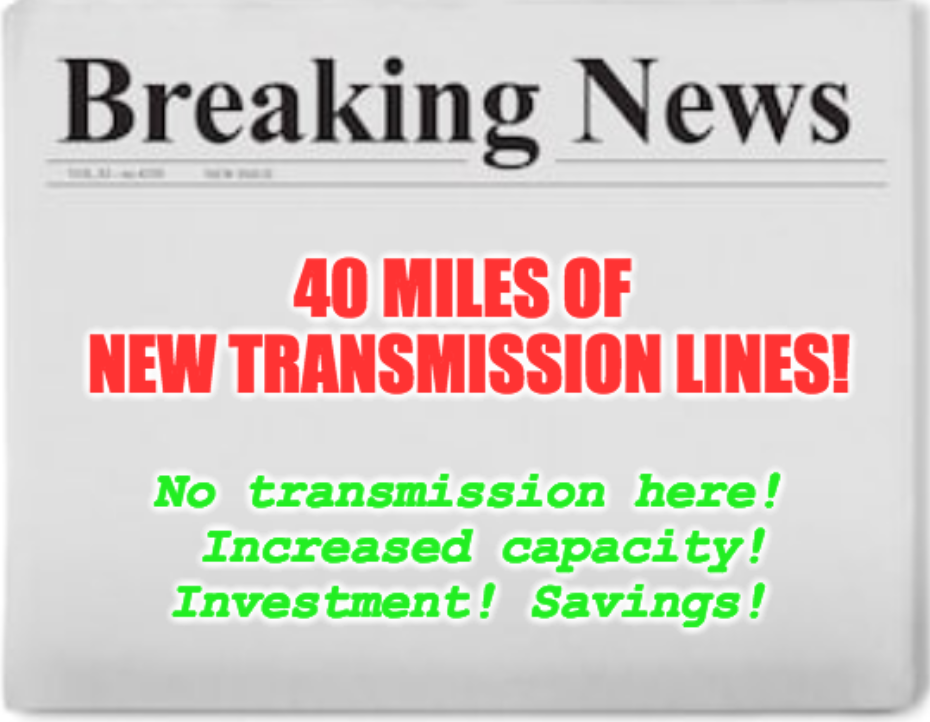

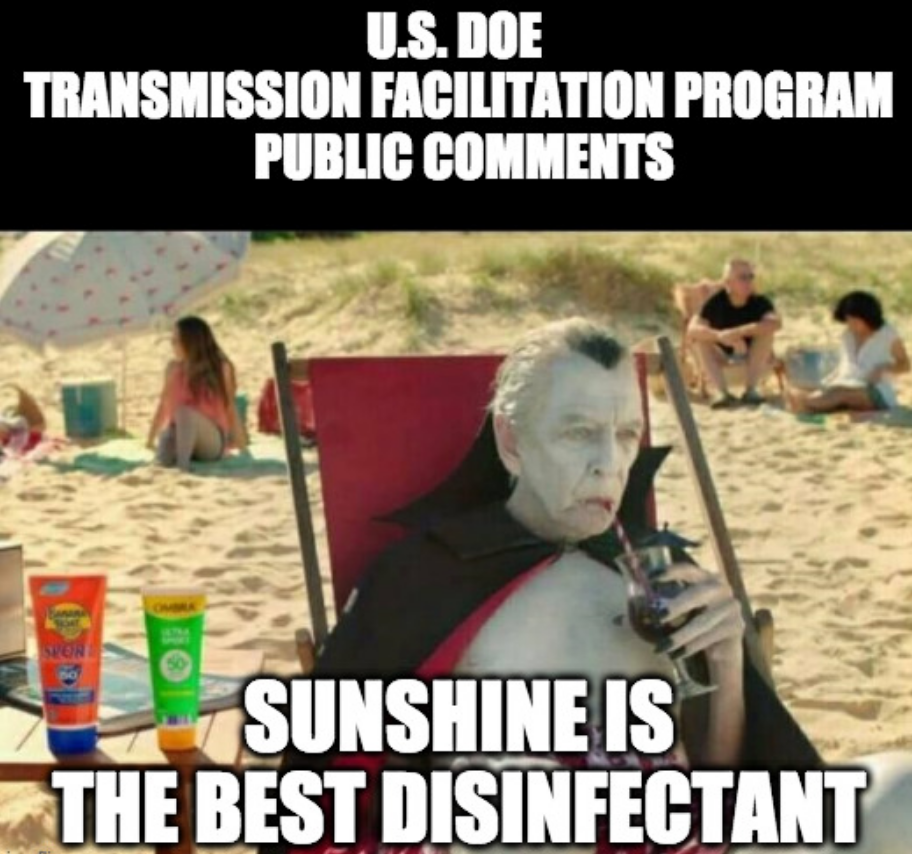
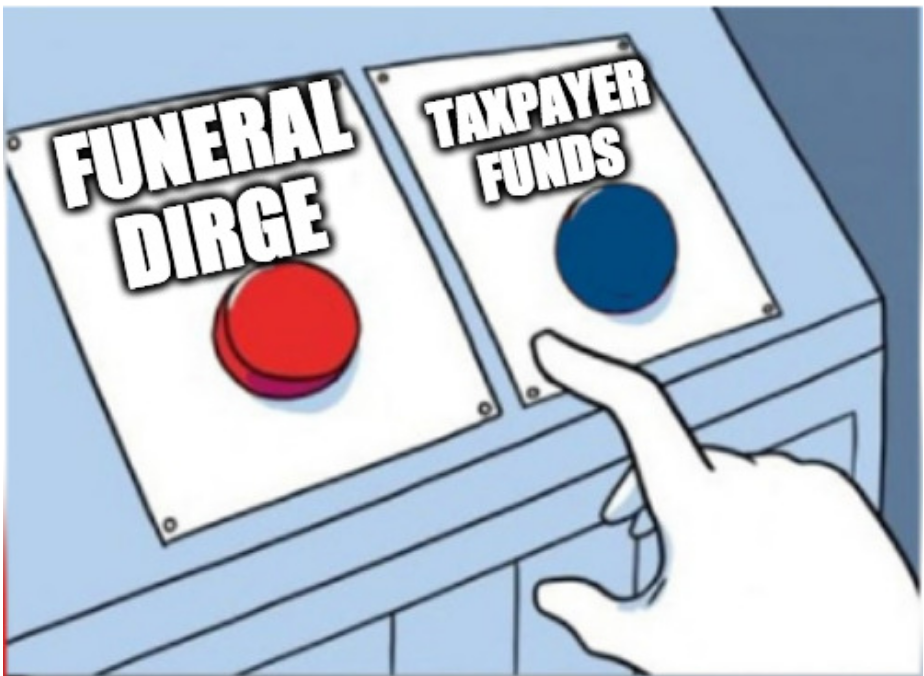

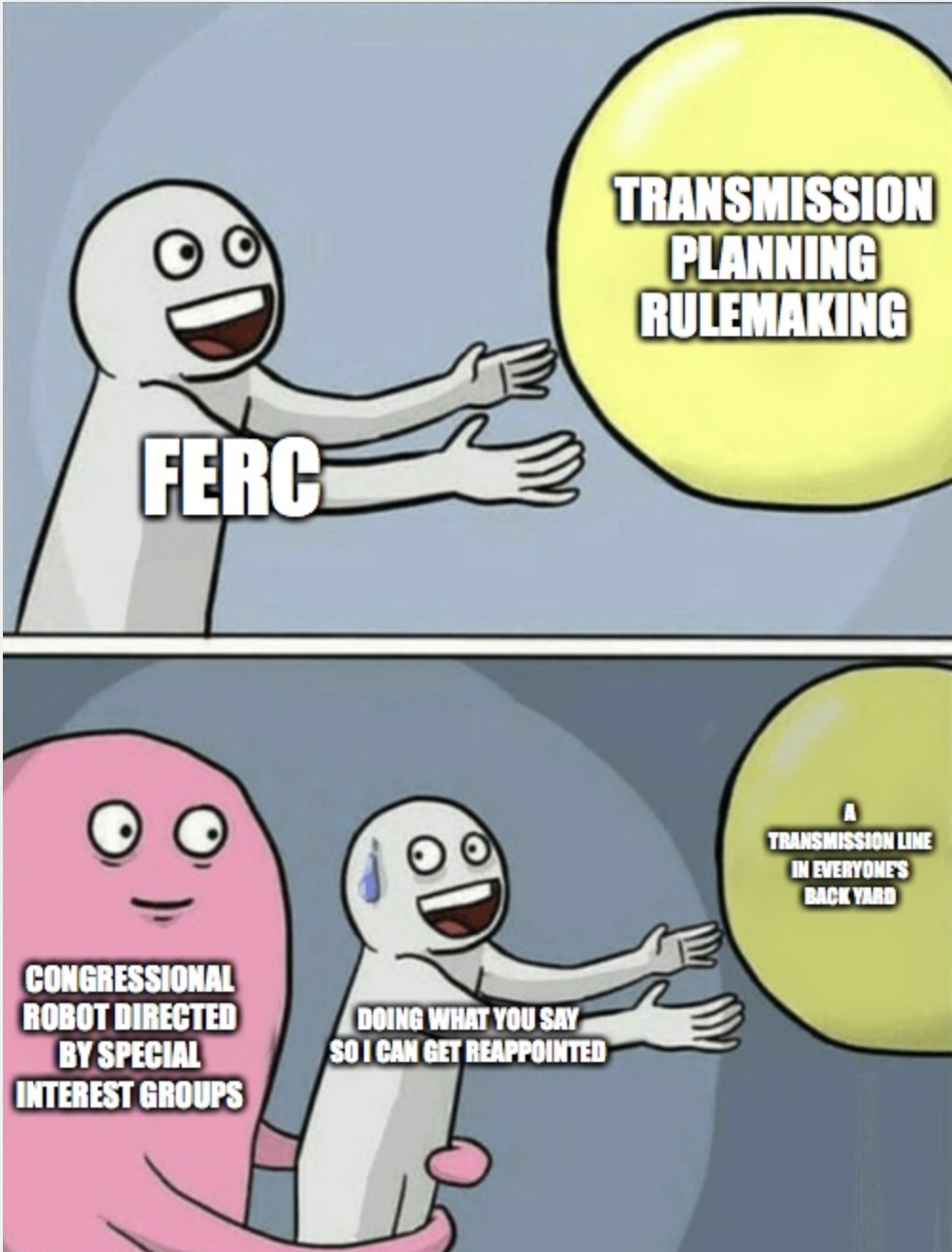
 RSS Feed
RSS Feed